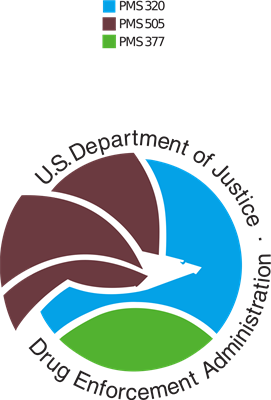Back
Booth 43
Drug Enforcement Administration
Since its founding in 1973, the mission of the Drug Enforcement Administration (DEA) is to enforce the controlled substances laws and regulations of the United States and bring to the criminal and civil justice system of the United States, or any other competent jurisdiction, those organizations and principal members of organizations, involved in the growing, manufacture, or distribution of controlled substances appearing in or destined for illicit traffic in the United States; and to recommend and support non-enforcement programs aimed at reducing the availability of illicit controlled substances on the domestic and international markets. Some of Our Programs: Community Outreach and Prevention Support is DEA's drug prevention and education initiative to reduce the demand for drugs in this country. The mission is to educate and increase the public's awareness about the dangers associated with using drugs; support national drug prevention initiatives; and foster and support collaborative efforts with the community and national organizations, as well as federal, state and local governments to reduce the demand for drugs. DEA websites include www.dea.gov; www.justthinktwice.gov (for teens); www.getsmartaboutdrugs.gov (for parents, educators and caregivers); and www.campusdrugprevention.gov (for professionals in higher education). In addition, through our partnership with Discovery Education, www.operationprevention.com offers comprehensive, no-cost digital curriculum tools to combat opioid misuse. All DEA websites have a variety of educational materials available to view and/or download. Within Community Outreach and Prevention Support is the Victim Witness Assistance Program (VWAP). The VWAP was implemented as a result of victims' rights laws. These laws provide for fair and just treatment of crime victims, immediate emergency treatment, and referrals to appropriate child/adult service agencies. The DEA-VWAP: (1) manages the day to day operation of VWAP, case assistance, guidance and training to domestic and international offices; (2) collaborates with federal, state and local law enforcement ; (3) coordinates with national, state and local victim organizations; (4) responds to crime victims in federal cases through Division Victim Witness Coordinators; and (5) provides awareness about child victims in drug environments and drug-related crime victimization.
Drug Enforcement Administration

